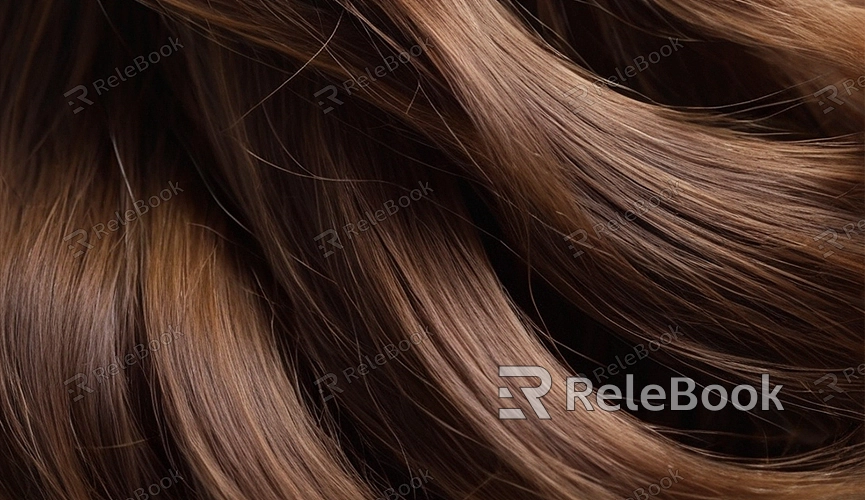What is Textured Hair in Blender?
Blender is a powerful open-source 3D computer graphics software widely used in animation, modeling, rendering, and other fields. In Blender, textured hair is a common technique used to create realistic hair effects for characters or models. So, what exactly is textured hair in Blender?
What is Textured Hair?
Textured hair refers to creating the appearance and effects of hair on a model's surface using texture mapping techniques. In Blender, textured hair effects are typically achieved through texture mapping and particle systems. Texture mapping is used to simulate hair color, gloss, and texture, while particle systems are used to generate hair shapes and distribution on the model's surface.

Textured Hair Techniques in Blender
In Blender, several common methods can achieve textured hair effects:
1. Using Texture Mapping: Create hair texture maps using the image editor and then apply them to the model's surface. By adjusting parameters like color, transparency, and reflection in texture maps, various types of hair effects such as straight, curly, etc., can be simulated.
2. Utilizing Hair Simulators: Blender provides powerful hair simulators capable of simulating realistic hair effects. By adding hair particle systems to the model's surface and adjusting their parameters, hair of different lengths, densities, and shapes can be generated.
3. Using Hair Model Libraries: In Blender, hair model libraries can be used to quickly create hair effects. These libraries contain various styles and shapes of hair models that can be directly imported into Blender for use.
Steps to Create Textured Hair
To create textured hair effects in Blender, follow these steps:
1. Prepare the Model: First, prepare a character or model as the carrier for the hair.
2. Create Texture Maps: Use the image editor or drawing software to create hair texture maps. Brushes can be used to draw hair outlines and textures, or photos and texture images can be used as references.
3. Apply Texture Maps: Apply the created texture maps to the model's surface. In Blender, this can be achieved by adding material nodes and loading texture maps.
4. Adjust Parameters: Adjust texture map parameters such as color, transparency, reflection, etc., as needed to make the hair effects more realistic.
5. Add Hair Particle Systems: For more realistic hair effects, add hair particle systems to the model's surface and adjust parameters like length, density, curvature, etc., as needed.
6. Render and Adjust: Finally, render and adjust the results. Further enhance the realism of hair effects by adjusting parameters such as lighting, shadows, and materials.
Applications of Textured Hair
In Blender, textured hair techniques are widely used in various scenarios, including:
- Animation Production: Textured hair can enhance the appearance and expressiveness of animated characters, making them more vivid and appealing.
- Game Development: In game development, textured hair can enhance the appearance of game characters, improving the visual quality and immersion of the game.
- Modeling Practice: For Blender beginners, practicing creating textured hair is a good way to improve modeling skills and creativity.
Textured hair is a commonly used technique in Blender for simulating the appearance and effects of hair. By using texture maps and particle systems, various types and styles of hair effects can be achieved, adding realism and vibrancy to characters and models. If you need many high-quality 3D textures and HDRI or downloadable 3D models, you can download them from Relebook and import textures and 3D models directly into your models for use.

